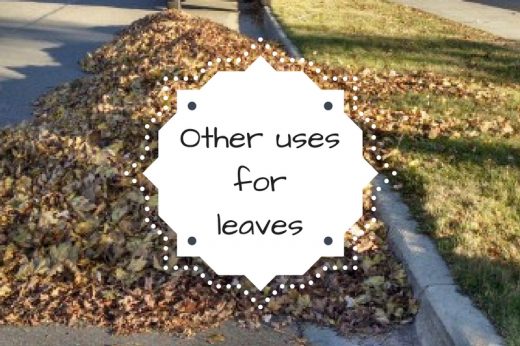Each year I receive 10 varieties of tomatoes from Kansas State University that our master gardener volunteers grow and keep data. Through this research many characteristics are learned about varieties and potential issues they may have. One of these issues is cracking.
Tomatoes often have problems with cracking caused by pressure inside the fruit that is more than the skin can handle. Cracks are usually on the upper part of the fruit and can be concentric (in concentric circles around the stem) or radial (radiating from the stem). We don’t know everything about cracking but here is what we do know.
Tomatoes have a root system that is very dense and fibrous and is quite efficient in picking up water. Unfortunately, the root system can become unbalanced with the top of the plant. Early in the season it may be small in relation to the top growth resulting in blossom-end rot during hot dry weather. Later it may be so efficient that it provides too much water when we get rain or irrigate heavily after a dry spell. This quick influx of water can cause the tomato fruit to crack. Therefore, even, consistent watering can help with cracking. Mulching will also help because it moderates moisture levels in the soil. However, you can do everything right and still have problems with cracking in some years.
We have evaluated varieties for cracking during our tomato trials at K-State. It takes several years’ worth of data to get a good feel for crack-resistant varieties but we have found some real differences. Some varieties crack under about any condition and others are much more resistant. The difference seems to be pliability of skin rather than thickness — the more pliable the skin the more resistance to cracking.
The old variety Jet Star has been the most crack resistant of any we have tested including the newer types. Unfortunately, Jet Star is an indeterminate variety that puts out rampant growth. Newer varieties with more controlled growth are often more attractive to gardeners. Mountain Spring, Mountain Pride, Mountain Fresh, Floralina and Sun Leaper are smaller-vined types that have shown good resistance to cracking.



